Mount Rainier National Park, located in northwestern Washington State, is home to the active Mount Rainier volcano, colorful valleys that transform with the seasons, majestic glaciers, and one renowned hiking trail. Along with Olympic National Park and North Cascades National Park, it forms a triangle centered around the cities of Seattle and Tacoma.
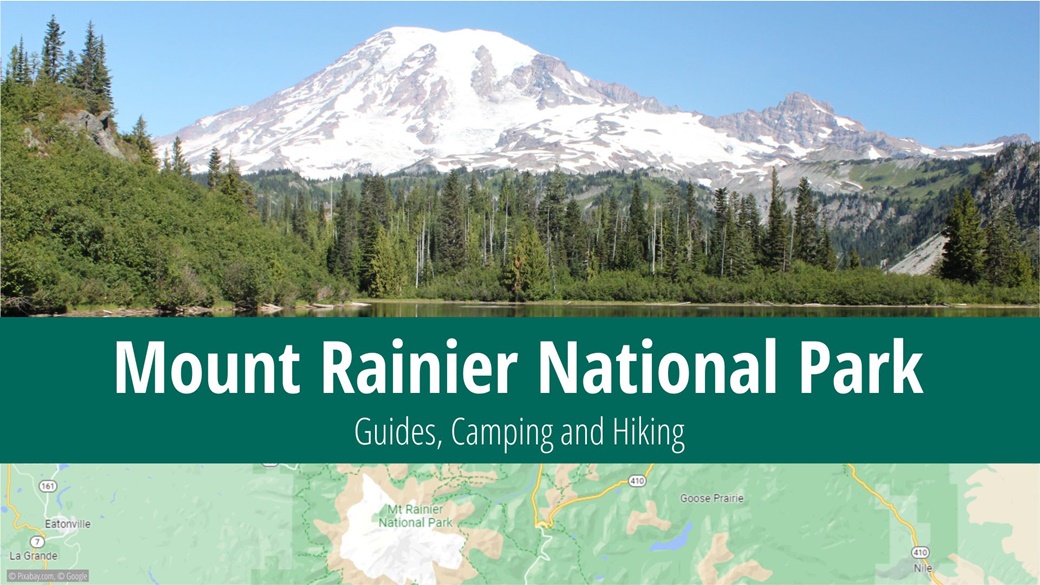
Table of Contents
- Information About Mount Rainier National Park
- What to See and Do in Mount Rainier National Park
- When to Visit Mount Rainier National Park
- Mount Rainier National Park Entrance Fees
- Traveling to Mount Rainier National Park
- Accommodation in Mount Rainier National Park
- Advice and Suggestions Prior to Traveling to Mount Rainier National Park
- Photos of Mount Rainier National Park
Information About Mount Rainier National Park
Mount Rainier became the fifth national park in the USA on March 2, 1899. Situated in Washington State near the city of Seattle, the park is named after Mount Rainier, the highest mountain in the region, standing at 14,409 ft. The relative lowlands surrounding the mountain make it appear much taller. The lowest point in the park is a section of the Big Thompson River at 7,644 ft.
Covering an area of 368 sqmi, the park is especially popular among hikers, with the Wonderland Trail, a spectacular 93 mi trail, being the most frequented. Mount Rainier National Park recorded 1,670,063 visitors in 2021.
The national park is home to a diverse range of animals, including black bears, squirrels, and jays. Also present, though less enthusiastically celebrated, are numerous species of invertebrates like spiders and worms. Over half of Mount Rainier Park is forested, primarily with firs, cedars, and pines. The park is occasionally affected by fires, with a significant one occurring in 2002.
What to See and Do in Mount Rainier National Park
Mount Rainier National Park offers two main activities for visitors: hiking and mountaineering (rock climbing).
The park hosts numerous trails, with the Wonderland Trail being the most famous. At 93 mi in length, it encompasses Mount Rainier in its entirety, reaching a maximum elevation of 6,759 ft at Panhandle Gap. It typically takes hikers 7 to 14 days to complete the trail. Its breathtaking views have earned the Wonderland Trail the reputation of being one of the best hiking trails in the world. Overnight stays on the trail require a permit, but day hiking on shorter sections does not.
Another noteworthy trail is the 2,663 mi Pacific Crest Trail, which stretches from Mexico to Canada. While the section in Mount Rainier National Park is only 11 mi long, it is worth the trek.
For a comprehensive list of trails, including detailed descriptions and maps, visit the park’s website.
Mountaineering and rock climbing are also prevalent in Mount Rainier. If you plan to hike above 10,000 ft, you must secure a permit. Additionally, a separate permit is required if you wish to camp in the wilderness. You can obtain this at any ranger station.
For those not inclined towards long-distance hiking, there are two notable attractions: Paradise in the southern part of the park, known for its blooming wildflowers in summer and snowdrifts in winter, and Sunrise, the highest point in the park reachable by car, standing at 6,401 ft. Both offer a number of short and long trails for walking. Please note that the access road to Sunrise is usually closed in winter.
Park rangers also conduct various activities for interested visitors. At Mount Rainier, there are several available – from lectures to guided wilderness expeditions.
When to Visit Mount Rainier National Park
Mount Rainier National Park is accessible all year round, but it experiences the most visitors in July and August when the weather is pleasant and the meadows are bursting with color. The park can get crowded on weekends, so a weekday visit is recommended.
Rain can occur at Mount Rainier on any day of the year, with November and January being the driest months. From November to May, expect to see 20 cm–50 cm of snowfall in the park. The winter season of 1971-1972 holds the record for snowfall with a total of 93 ft.
Average Temperatures and Visitor Numbers in Mount Rainier National Park
The average temperatures at Mount Rainier National Park’s Longmire site, situated at an altitude of 825 m, are listed below. Visitor statistics are based on a 2017-2021 average, with data sourced from the National Park Service.
| Max Temp | Min Temp | Precipitation Days | Visitors | Popularity | |
|---|---|---|---|---|---|
| January | 36 °F | 25 °F | 6.9 | 28 202 | 🟩 |
| February | 39 °F | 27 °F | 6.7 | 18 163 | 🟩 |
| March | 45 °F | 28 °F | 8.2 | 28 067 | 🟩 |
| April | 54 °F | 32 °F | 8.9 | 36 923 | 🟩 |
| May | 63 °F | 37 °F | 10.4 | 97 961 | 🟨🟨 |
| June | 66 °F | 43 °F | 11.1 | 210 327 | 🟧🟧🟧 |
| July | 75 °F | 46 °F | 11.6 | 358 065 | 🟥🟥🟥🟥 |
| August | 73 °F | 46 °F | 10.1 | 340 798 | 🟥🟥🟥🟥 |
| September | 68 °F | 43 °F | 7.7 | 205 022 | 🟧🟧🟧 |
| October | 57 °F | 37 °F | 7.0 | 93 916 | 🟨🟨 |
| November | 45 °F | 30 °F | 6.9 | 48 114 | 🟩 |
| December | 39 °F | 36 °F | 7.3 | 27 031 | 🟩 |
Mount Rainier National Park Entrance Fees
There is an entrance fee $30 to enter Mount Rainier National Park. It covers a passenger car, its passengers, and is valid for 7 days. For those arriving at the park by bus, motorcycle, or even scooter, the fee is $15.00 per person, which allows you to stay in the park for up to a week.
If you plan to visit more than one national park in the USA, consider purchasing an America the Beautiful pass. This pass cost $80, and it grants you access to all of America’s national parks, forests, and monuments for 365 days.
Traveling to Mount Rainier National Park
The most convenient way to reach Mount Rainier National Park is by renting a car. We recommend one with 4×4 drive. Some roads may be closed during winter, and it’s mandatory to carry snow chains in your car between November 1 and May 1, regardless of the current condition of the roads.
There are three entrances to the park: northeast, east, and southeast. For your convenience, I’ve included drive times, distances, and routes from selected towns in the area:
| From / To | Distance | Driving Time | Route |
|---|---|---|---|
| Portland | 155 mi | 3 hours 10 minutes | View Route |
| Seattle | 105 mi | 3 hours | View Route |
| Spokane | 354 mi | 6 hours 5 minutes | View Route |
During the summer months, parking lots in the park often become crowded. Therefore, I recommend arriving early in the morning.
Accommodation in Mount Rainier National Park
🏨 Hotels
Numerous lodges, hotels, and motels operate in the immediate vicinity of Mount Rainier National Park. Indeed, they encompass the park from all directions, with hotels situated in the towns of Ashford, Eatonville, Snoquera, Buckley, Packwood, Enumclaw, Puyallup, Sumner, Morton, and Fife.
A significantly greater number of hotels are available in Tacoma and Seattle, which are approximately 106 mi from the park.
⛺ Campsites
Mount Rainier National Park also hosts four campgrounds:
- Cougar Rock
This campground, situated at an elevation of 3,189 ft in the southwestern part of the park, is open from the end of May to the end of September, with a nightly fee of $20.00. - Ohanapecosh
Located in the southeastern part of the park at an elevation of 1,913 ft, it is open from the end of May to the end of September, with a per person per night fee of $20.00. - White River
This slightly smaller campground, located in the northeastern part of the park at an elevation of 4,400 ft, is open from late June to late September, with a per person per night fee of $20.00. - Mowich Lake
This small campground in the northwestern part of Mount Rainier National Park, situated at an elevation of 4,928 ft, comprises only 10 tent sites. Overnight stays at the campground are free, but registration in advance at the campground kiosk is mandatory. Mowich Lake Campground is open from early July to early October.
Advice and Suggestions Prior to Traveling to Mount Rainier National Park
ℹ️ Visitor Center
I suggest initiating your visit to the park at one of the two information centers. Both the Longmire Information Center and the Henry M Jackson Memorial Visitor Center are open all year round. You can gather information about the park or instructions for climbers, purchase souvenirs, or apply for permits at these locations.
👍 Good to Know
A car is essential for getting around the park as buses or shuttles do not operate in Mount Rainier.
The national park is segmented into several areas: Longmire in the southwest, Paradise in the south, Ohanapecosh in the southeast, Sunrise and White River in the east, and Carbon River and Mowich Lake in the northwest. During summer weekends, finding parking at the most popular spots can be challenging, and roadside parking is prohibited. A speed limit of 35 mi per hour is enforced throughout the park. Please note that there are no gas stations in the park, so ensure your vehicle is fully fueled.
I recommend wearing sturdy shoes and packing several layers of warm clothing when visiting the park. The weather can change rapidly, especially at higher elevations. Do not forget to bring plenty of food and water.
Photos of Mount Rainier National Park
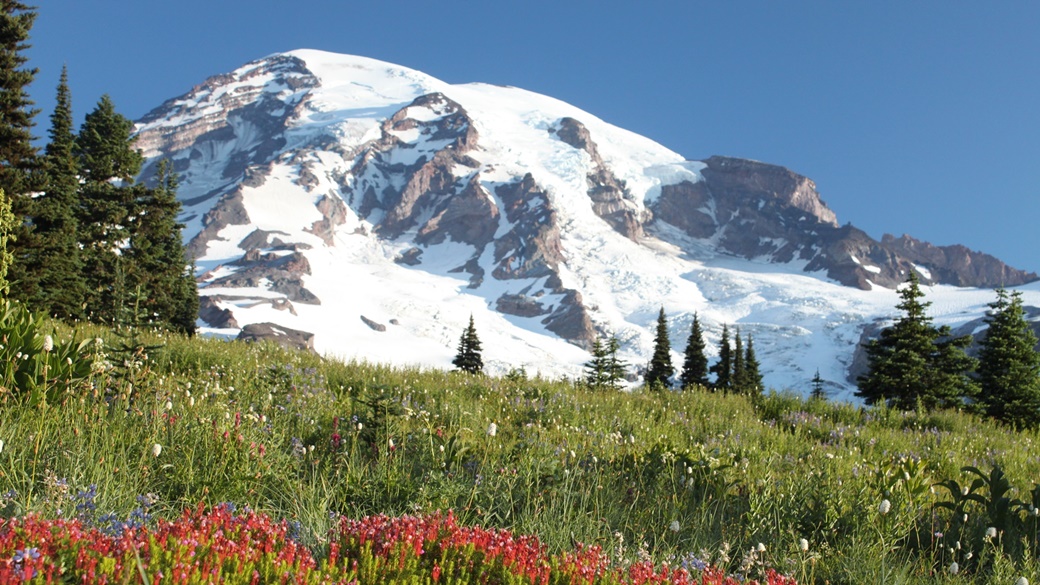
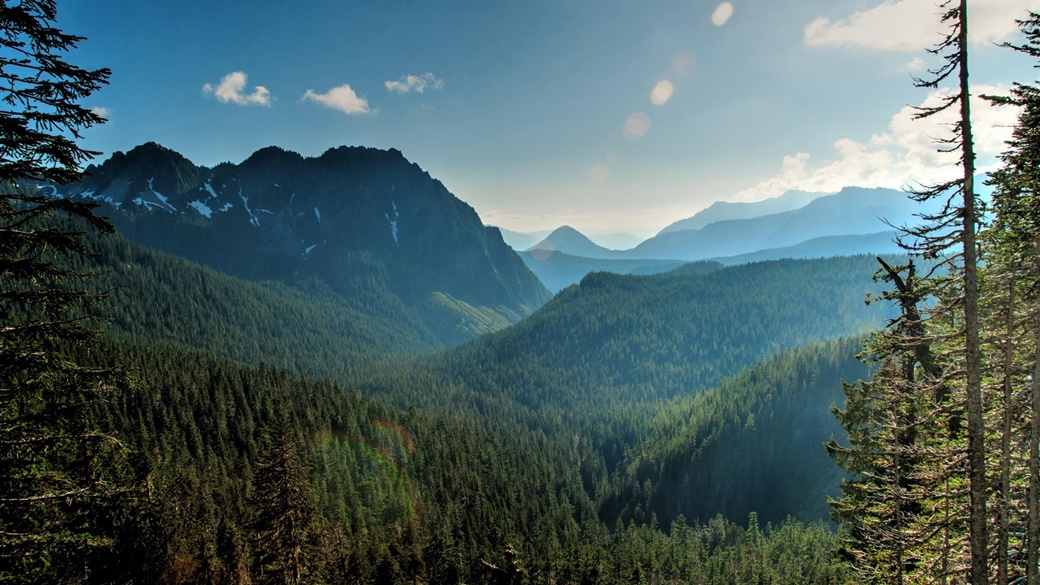
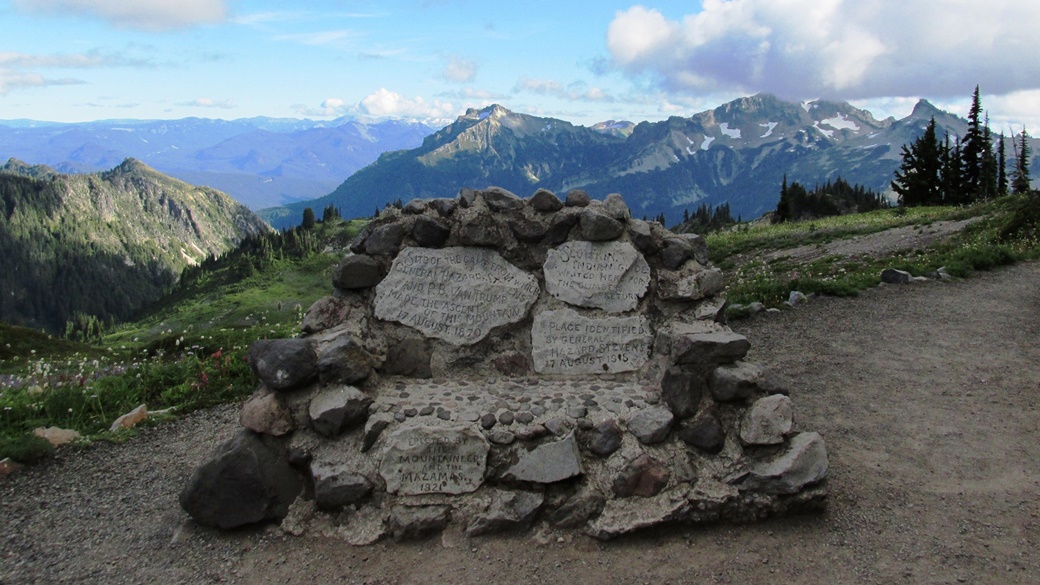
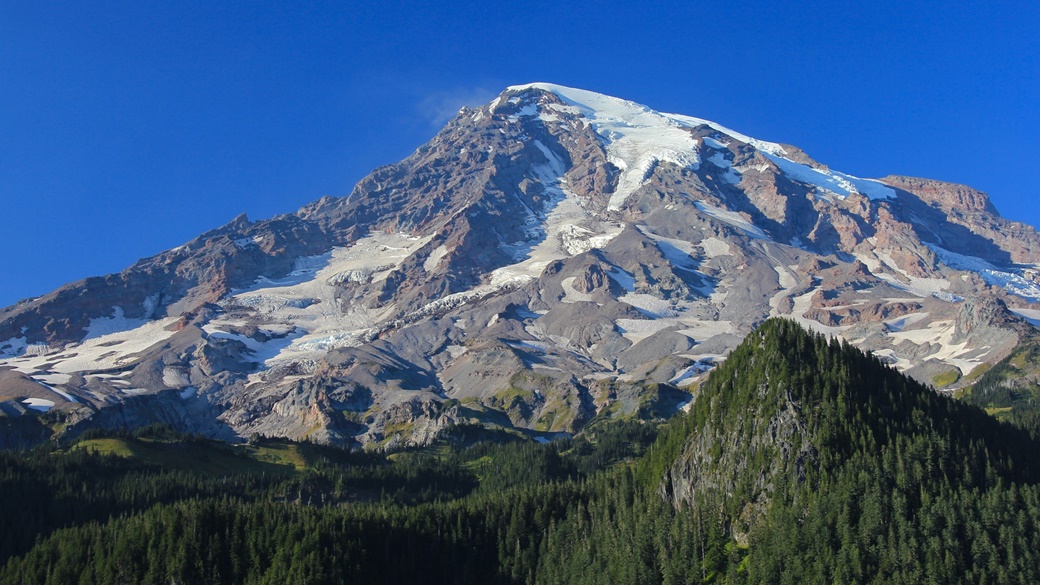
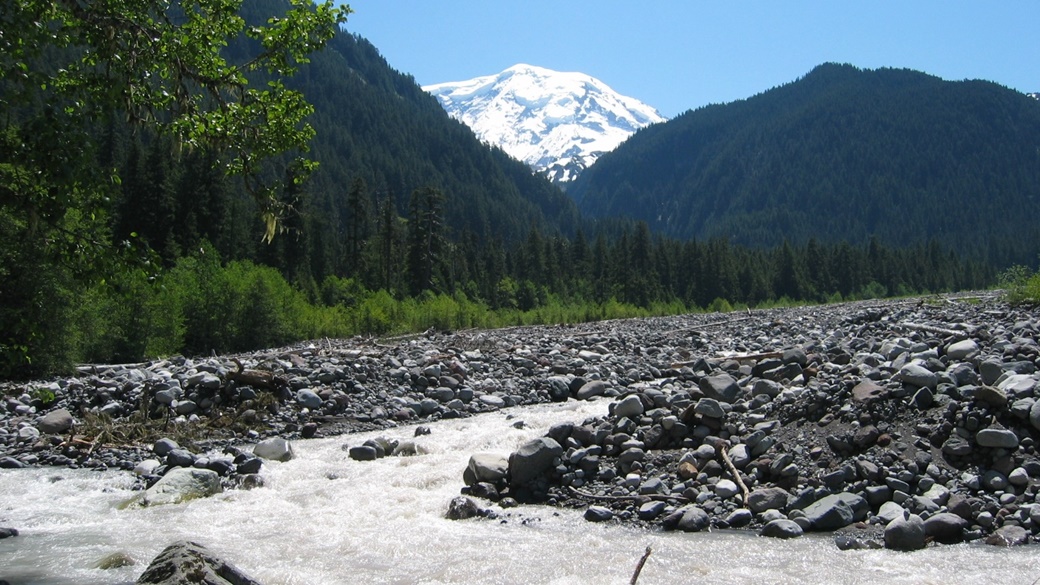
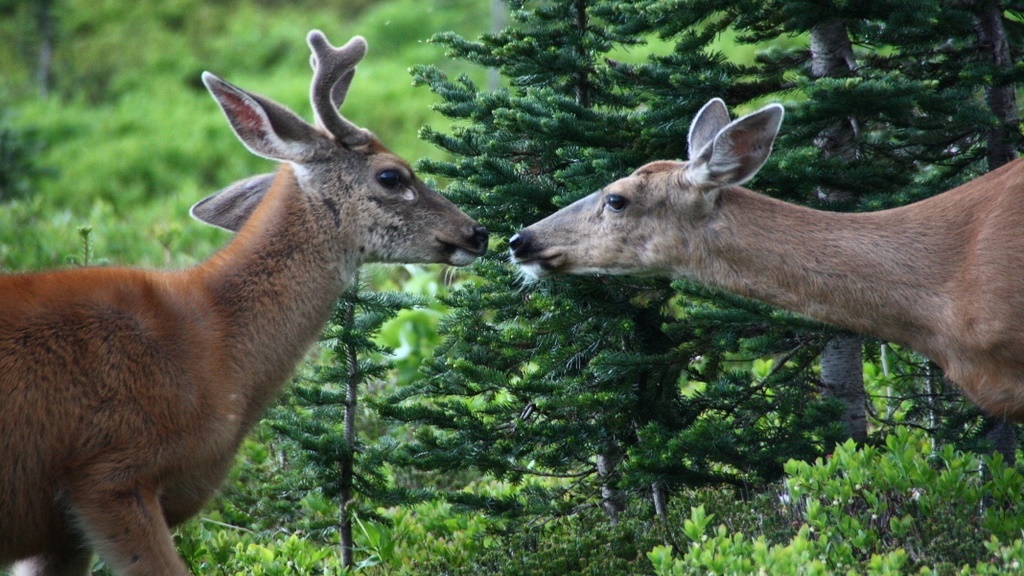
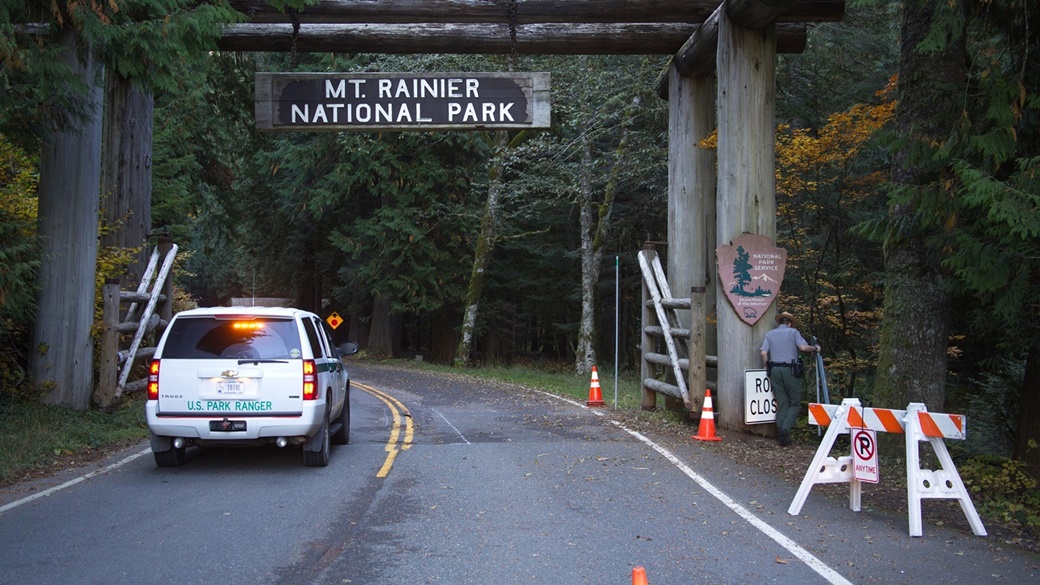
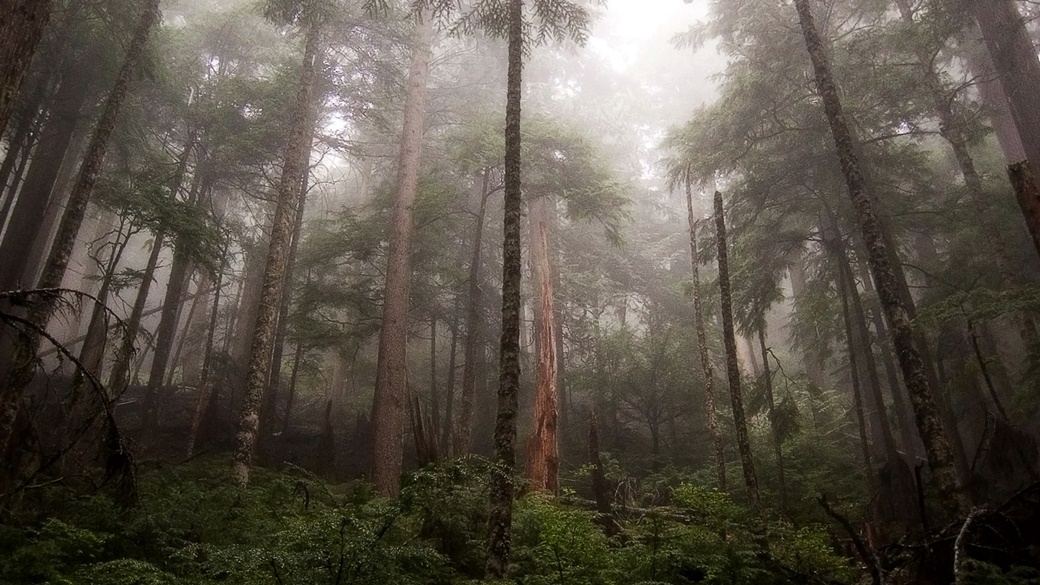
US National Parks
- National Parks of the USA – Map, List and Annual Pass
- America the Beautiful Pass 2025 – How It Works, Cost & Parks
- Timed-Entry Reservation for US National Parks (2025 GUIDE)
Travel Guides to USA National Parks

 10 Best Photo Places in the USA
10 Best Photo Places in the USA

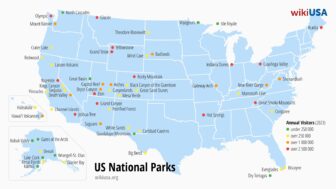
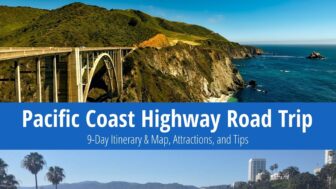

Contribute with Your Question or Personal Experience